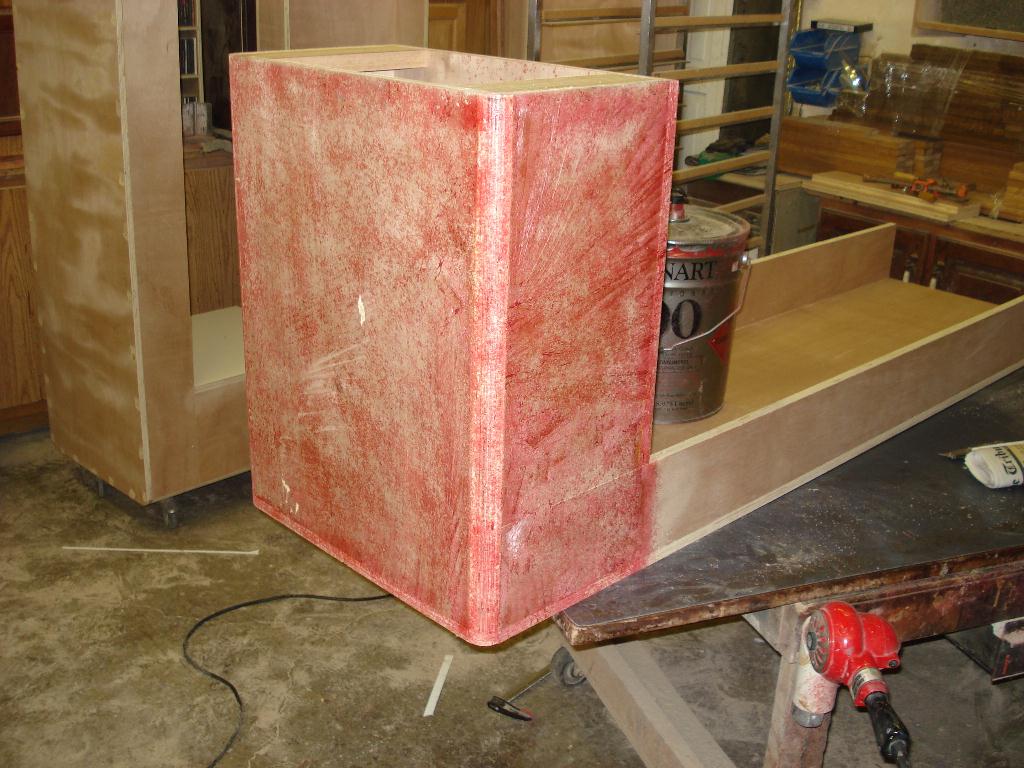Question
We have made tops either with self-edge, T-Moulding, or wood. What is the best way to install 2mm PVC edgebanding? Does contact cement work, or do I need to use a hot glue process? How tight a radius can I get with 2mm PVC?
Forum Responses
(Cabinet and Millwork Installation Forum)
From contributor E:
I guess the safest answer is another question: "Is there some method other than an edgebander?" I can't imagine doing it otherwise and I doubt a hot air would do 2mm very well.
Brushing on the adhesive can be done, but not so reliable. If you have to, then use multiple coats of adhesive. Finishing of edge can be simplified by use of laminate trimmer with either a roller bearing straight bit or suitable roll over round bit, say 2mm. Use fine metal file rather than sandpaper to complete the finishing. On a melamine finished or laminated board, a sharp chisel with no nicks can be use to complete the flushing process. 2mm edging can be bent into quite tight corners, external or internal, and the use of a hot air gun at moderate heat can be used to pre-bend the edging into tighter corners. Trial and error with small scraps is always recommended.
Do not use thinners, under any circumstance, to remove any surplus adhesive. Use mineral turps, as this will not damage the PVC.
Also, solvent (acetone) does not damage PVC. How else would you get the glue off edgebanded parts? Lacquer thinner works fine, too.
In regard to the use of acetone to clean surplus adhesives, I will have to bow to contributor K's experience, as I have never used acetone for this purpose. I have always found the use of mineral turps to be the preferred option, as lacquer thinners most definitely act as a solvent on the PVC as well as softening the contact adhesive. This alters the surface of the PVC, destroying the semi-gloss finish and on darker colours can leave a ghostlike whitish appearance that would normally be cause for replacement of that edge.
